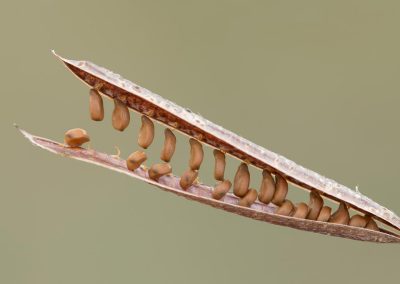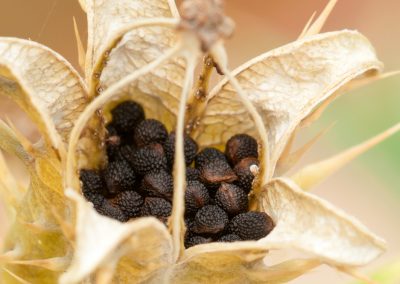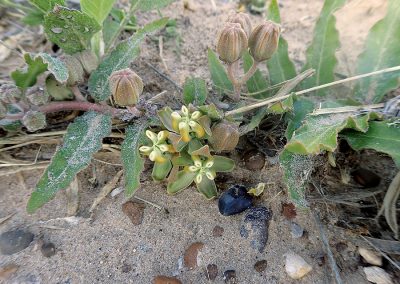Amistad Vegetation Mapping
Led by project director Dr. Karen Clary, the Center’s former director of plant conservation, the botanists and researchers took five eight-day trips to Amistad National Recreation Area. They identified and documented plant communities at 562 study sites, recording and photographing the dominant tree, shrub, subshrub and herbaceous plant species in each half-acre plot. This project was logistically unique, as there are very few roads in the recreation area; the team accessed most of its study sites by boat with the assistance of Park Service staff. In shallow areas, kayaks and canoes were used; once on land, sites were accessed by hiking.
The team of sixteen included Wildflower Center Invasive Species Program Coordinator Dr. Hans Landel, Environmental Designer Michelle Bright, Plant Conservationist Minnette Marr, Land Steward Dick Davis, Horticulturist Leslie Uppinghouse and Native Plant Information Network Program Coordinator Joe Marcus. Other expertise came from longtime Wildflower Center volunteer and field chief Stephen Scace, GIS specialist Dr. Rebeca Quiñonez-Piñón, GPS technician Ben Taylor, database manager Karen Perez, and field botanists Dr. Leslie Bush, Patty Manning, Eric Beckers, John Mendenhall and Bill Carr. Park Service from Amistad National Recreation Area were also invaluable for their help coordinating boat transport to and from study sites and for their institutional knowledge of the area.
Maps created with the data collected will ultimately be available to the public here.



